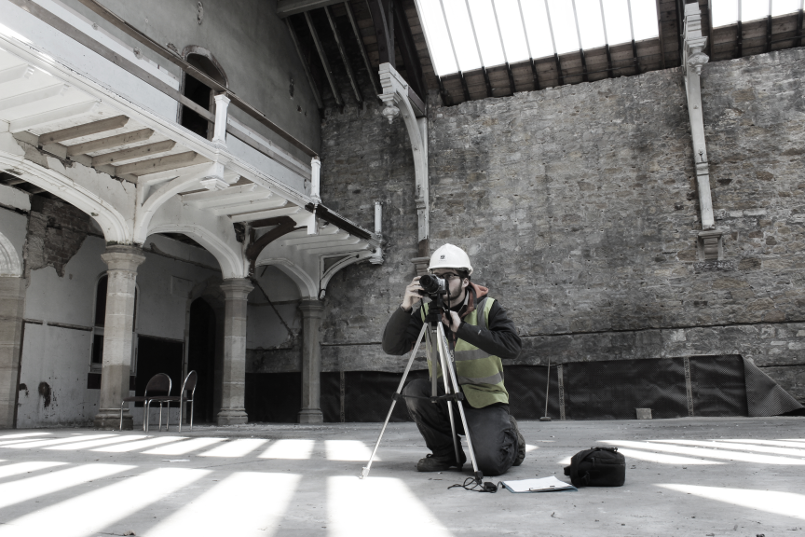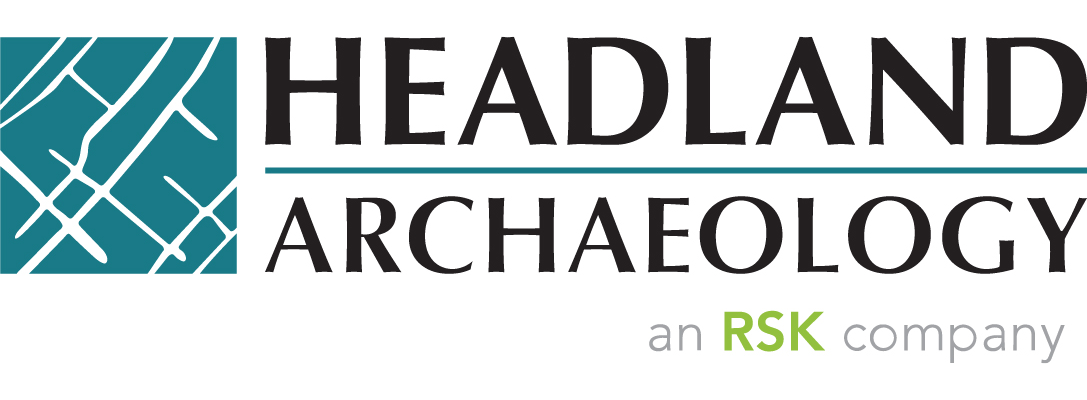
12 Apr Archaeological Data and Innovation
It’s an exciting time to be an archaeologist in the UK. A new scale of infrastructure project brings some serious challenges to our industry, not least in attracting and supporting quality staff, and managing very significant volumes of archaeological information. At Headland Archaeology, we know that constant innovation is the key to overcoming these challenges. This has led to a culture of continual improvement which in turn has helped give us the confidence to routinely implement new ideas at scale.
The Technical Services department supports our fieldwork teams and specialists with the best possible tools for gathering and understanding data and disseminating it to a broad audience. This includes the spatial, descriptive and imagery data that forms the core of our archaeological archives. The department has often been at the forefront of driving innovation, and our work over the past year has been no exception.
Headland’s recent excavations at St Peter’s Burial Ground in Blackburn are described elsewhere in this report, and are an exemplar of our willingness to embrace new ideas to the benefit of the project. Our photogrammetry-led approach to surveying burials was built on many years of development led by the Technical Services department, enabling us to roll the system out rapidly to a cemetery of some 2,000 individuals. This is an industry-first, and one which has been subsequently demonstrated at several conferences and academic lectures to an enthusiastic response. Other initiatives on this project have included bespoke recording forms, pre-printed labels, a web tool for interrogating burial data, and advanced use of GIS to help re-stratify and visualise the burials. Our confident, innovative approach allowed us to work quickly and avoid the need for limited sample excavation or clearance contractors, and has resulted in a complete, detailed and highly useable archaeological record.
Our confidence stems from a deep and clear understanding of what we are trying to achieve, and an inquisitive approach to new developments in archaeology, technology and other disciplines. This means we choose our development projects carefully and avoid wasting time and effort chasing dead ends or blindly buying the latest equipment without adequate understanding. We are currently concentrating on re-thinking and strengthening our recording systems and our flows of information in preparation for future large-scale work. Although less than glossy, the need for clear thinking and innovation in this area is urgent. As we build strong new teams we must enable people of all levels and types of experience to produce the best possible archaeological record in a consistent and intuitive manner. We also have to make that information available to a wide range of project stakeholders in a manner that is meaningful, useful and inspiring.
And so our confidence is also built on the ability and attitude of our staff. Innovation is valuable for more than improving systems and products. Involvement in developing new ideas is a key motivator for our staff, and it is good for the external perception of the business. Clients can see their projects are being managed using the latest techniques; potential employees are enticed by good systems and the ability to learn new skills.
We work hard to make routine tasks faster and complex ones more intuitive. This results in more attention on what matters: the archaeology itself. We believe firmly in the democratisation of new methods and technologies – the value of a new survey instrument, for example, is multiplied greatly if anyone on a site can use it to good effect. To this end we invest heavily in quality tools and the training and support needed to encourage everyone to learn and take full advantage of them. Our signature born-digital approach to site-planning relies on this skills-rich culture much more than it does on a large fleet of survey equipment.
This democratic approach is something we feel makes the difference between a good team and a great one; an employee and an expert; a list of procedures and a culture. It is a value we are bringing to our partnerships, and one which will distinguish them from the competition. These partnerships offer many opportunities – the chance to learn from the wealth of differing experience, and the chance to build consistent, world-class systems that will scale with the work ahead. We’re looking forward to it!



